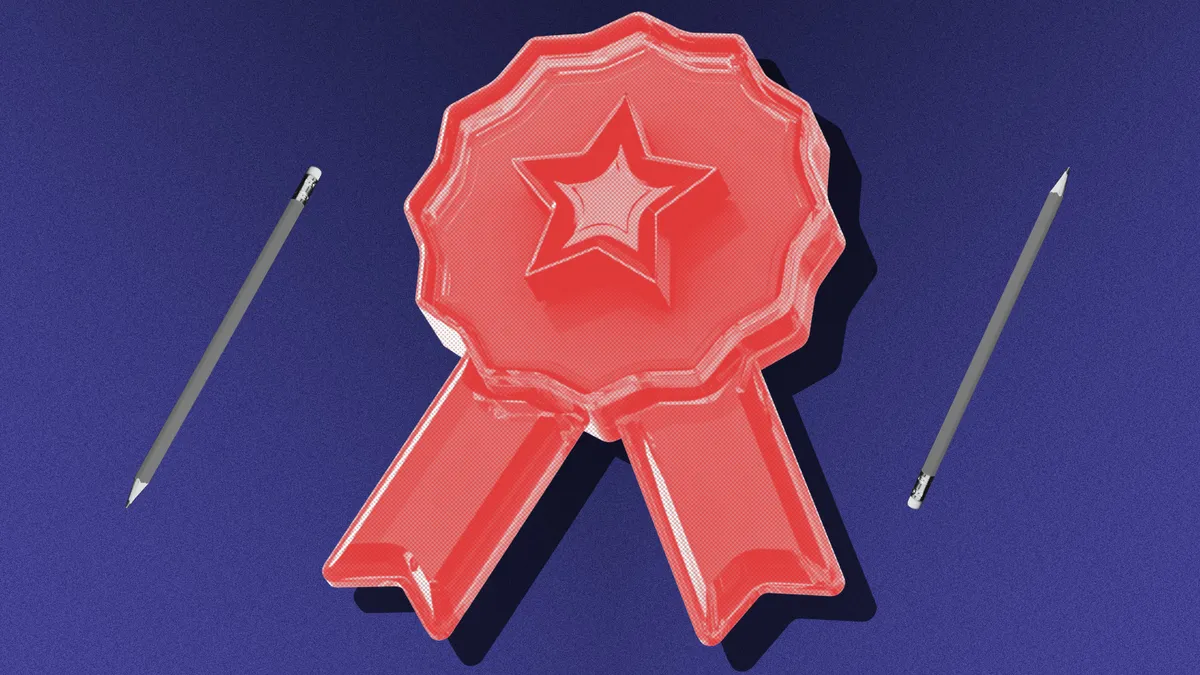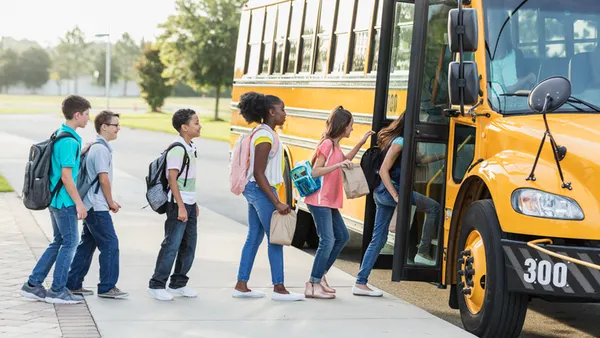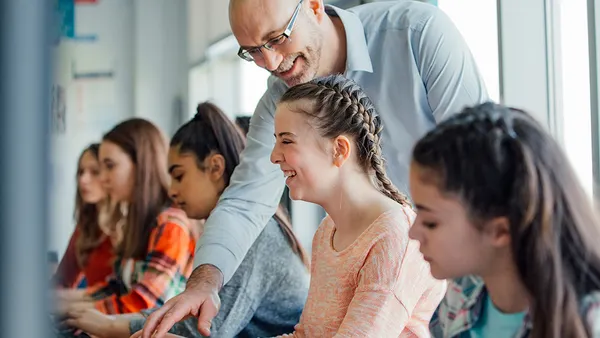Dive Brief:
- Across the country, more students are being asked to reflect and self-assess their own performance and analyze work using a rubric as part of formative self-assessment.
- Education Week reports that the general idea is that students are better learners when they have a better understanding of where they stand and the goals they're trying to reach.
- Questions usually focus on the present (“Where am I now?”), the direction (“Where am I going?”), and the future (“Where to next?") in order to give students an active role in measuring their progress and moving forward while analyzing additional steps needed to reach their goal.
Dive Insight:
“The idea is that students are being taught how to be metacognitive—to reflect on their own thinking—and to approach learning with the attitude that they can grow,” Education Week reports. That mindset translates to other new experimental learning models, like Big Picture Learning and Denver’s LEAP program.
One key to the successful implementation of student self-assessments is clarity of language. Content and learning goals must be transformed into "kid-friendly" language.
Additionally, by empowering students to see their own progress, they're better equipped to assume responsibility over learning and self-direction with a heightened sense of ownership and control.





 Dive Awards
Dive Awards






